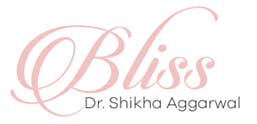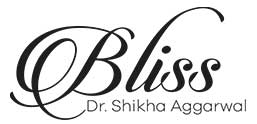
Near Hero DMC Heart Centre,
Ludhiana, Punjab 141001
Sunday: 10 am - 1 pm
Acne Scar Reduction Treatment
Acne is a very common condition which often results in formation of scars. Appropriate and early treatment is the best way to prevent their occurrence. However, despite all therapeutic efforts, the occurrence of scars is often inevitable.
The first step of the treatment is to establish the kind of scars, the severity of injuries, goals, and expectations, making clear that depending on the condition, complete disappearance of the scar may not be feasible and that the goal of the treatment is — significant improvement.
Acne scars can be prominent (hypertrophic, keloidal, papular, and bridges), dystrophy, and depressed (expandable and nonexpandable). Depressed scars are the most frequent, and the sub- classification described includes ice pick, rolling and boxcar scars.
Multiple treatments have been described such as peelings, microdermabrasion, dermabrasion, fillings, subcision, excision and suture, punch excision, needle incision, radiofrequency vapori- zation, microneedling, fractional ablative radio- frequency, lasers, and other light sources.
Peelings
Chemical peelings can be used both for treatment of scars as well as for acne injuries. Superficial peelings such as glycolic, citric, lactic, and salicylic acids.
Dermabrasion
While microdermabrasion is a quite superficial procedure, it requires multiple sessions and brings more benefits in texture than scarring.
Microneedling
Microneedling is the latest technique which has been showing good results. It makes use of a portable instrument, covered by micro- needles of 0.07 mm thick and 0.25–2.5 mm long, and it aims to cause micro-channels in the skin to produce collagen and neovascularization or to facilitate the introduction of drugs into the dermis (drug delivery). The procedure is carried out with topical anesthesia, and the equipment is applied to the skin 15 to 20 times in the selected area, to produce bloody dew (pinpoint). Generally three to six sessions are indicated in 8–10 weeks intervals, since it is a technology- dependent procedure.
Fractional Lasers
Ablative CO2 laser was considered the gold standard for correction of scars such as ice picks or depressed ones for a long time. However, due to complications and recovery time, their use was gradually replaced by the current non-ablative fractional lasers, such as Erbium 1,540 nm, Erbium 1,550 nm, NdYAG: 1,440 nm or fractional ablative ones such as CO2 10,600 nm, and Erbium YAG 2,940 nm. They promote thermal insult to dermis microzones, whereas ablative lasers also promote it to epidermis microzones, leading to collagen contraction and neo- collagenesis. Generally, it takes two to three sessions, and the results can be quite satisfactory.
Currently, wide therapeutic options for the treatment of acne scars are available. Even though equipment as well as increasingly sophisticated and safe techniques have been developed, prevention and control of acne injuries are still the best option for these patients.


